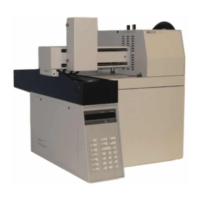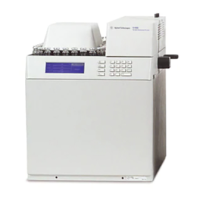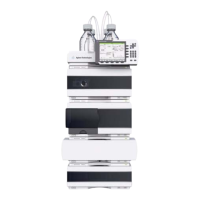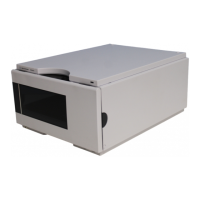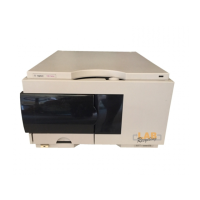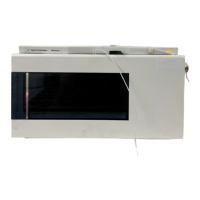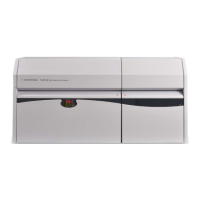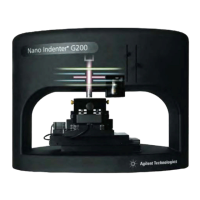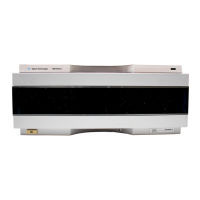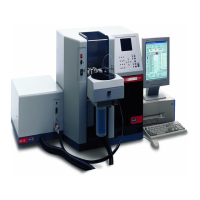78
Order online at www
.agilent.com/chem/store
Advantages
• No syringe-needle discrimination
• Minimal inlet discrimination
• Use of large injection volumes
• Removal of solvent and low boiling components
• Trapping of nonvolatile components in liner
• Split or splitless operation
• Retention time and area reproducibility approaching cool on-column injection
PTV inlets are actively cooled before and during injection by Peltier devices or by forced
gases (air, liquid N
2
, or liquid CO
2
). Cryogenic cooling of the inlet can reduce inlet
temperature enough to thermally focus gas injections from other sampling devices
in the liner. This is a distinct advantage of using PTV inlets in comparison to conventional
inlets for coupling auxiliary sampling devices to capillary columns.
Post-injection, PTV inlets are heated using electrical heaters or preheated compressed
air. Depending on design, inlet temperature ramps are either ballistic (i.e., ramped
to the maximum temperature at an uncontrolled maximum rate) or programmable.
Programmed Temperature Vaporizer
(PTV) Inlets
PTV inlets combine the benefits of split, splitless and on-column inlets. The sample
is usually injected into a cool liner, so syringe needle discrimination does not occur.
Then the inlet temperature is increased to vaporize the sample. The user programs vent
times and temperature to achieve the equivalent of split or splitless transfer of sample
vapors to the column. PTV injection is considered the most universal sample introduction
system because of its flexibility.
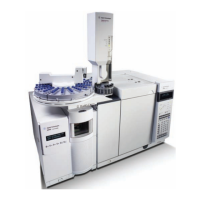
